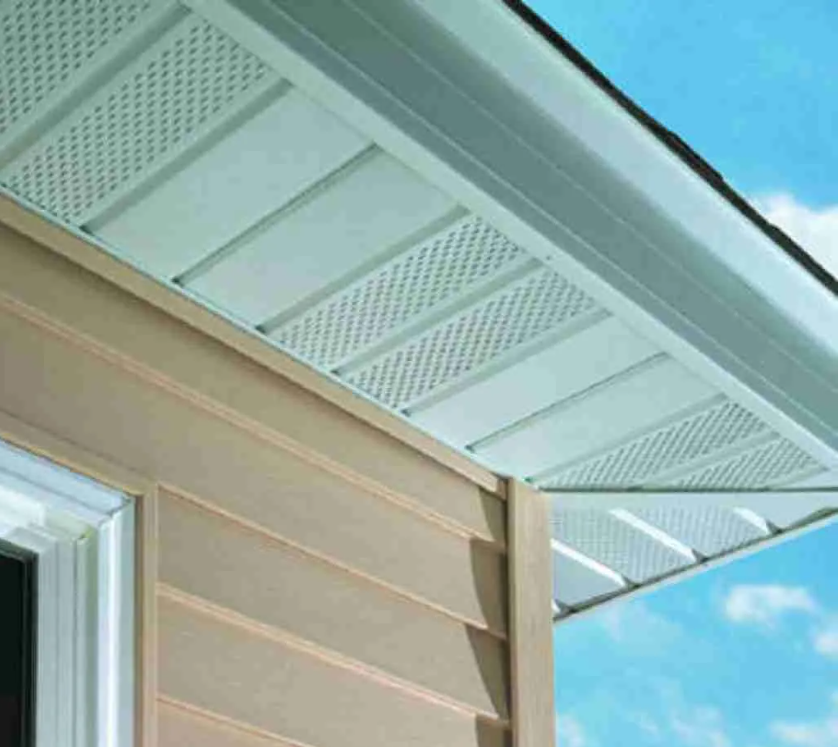As a homeowner, you know maintaining your house is an ongoing process. One area that often gets overlooked is the attic. A well-ventilated attic is crucial for the health of your home, affecting everything from your energy bills to the lifespan of your roof. But what does “well-ventilated” really mean, and how do you achieve it without going overboard? Let’s dive into the ins and outs of attic ventilation.
In the summer, the sun beats down on your roof, and temperatures in an unventilated attic can soar to well over 150°F. That heat radiates down into your living spaces, making your air conditioner work harder and driving up your energy bills.
In the winter, warm, moist air from inside your home rises into the attic. If it’s not properly ventilated, this moisture can condense on cold surfaces, leading to mold, mildew, and rot.
Proper attic ventilation helps regulate both temperature and moisture, preventing these issues and extending the life of your roof. It also helps prevent ice dams in colder climates that can cause serious water damage.
There are several types of attic vents, each with pros and cons:


Although powered attic fans or vents may seem like a good solution, they can actually make problems worse. Because they use electricity to force air out of the attic, they often pull conditioned air from inside your living spaces to replace it. That means higher energy bills and little improvement in attic conditions. In some cases, they can even create negative pressure that draws more moisture into the attic instead of pushing it out.
Before you decide on a ventilation strategy, take stock of your attic’s condition:
Attic ventilation should be balanced: intake (soffits) and exhaust (ridge or roof vents) should work together. A good rule of thumb is 1 square foot of ventilation for every 300 square feet of attic space — split evenly between intake and exhaust.
Here’s the issue: many homes are over-ventilated because homeowners (or even some contractors) assume more vents = better. That’s not true. Over-ventilation can actually create air leaks, make your HVAC work harder, and leave your home more vulnerable to moisture problems. The goal isn’t maximum ventilation — it’s the right amount for your attic size and climate.
The best approach for most homes is a balanced system with soffit vents for intake and ridge vents for exhaust. This setup creates steady airflow without pulling air from the wrong places or wasting energy.
And remember: regular maintenance matters. Keep vents clear of debris and make sure insulation isn’t blocking airflow. An attic with proper insulation and balanced ventilation will stay cooler in the summer, drier in the winter, and healthier year-round.
Proper attic ventilation isn’t about stuffing as many vents as possible into your roof — it’s about creating the right balance. Avoid powered fans, aim for the recommended ventilation rate, and work with a trusted professional if you’re unsure what’s best for your home.
Don’t underestimate the attic. When it’s ventilated correctly, your roof lasts longer, your energy bills stay lower, and your whole home feels more comfortable.